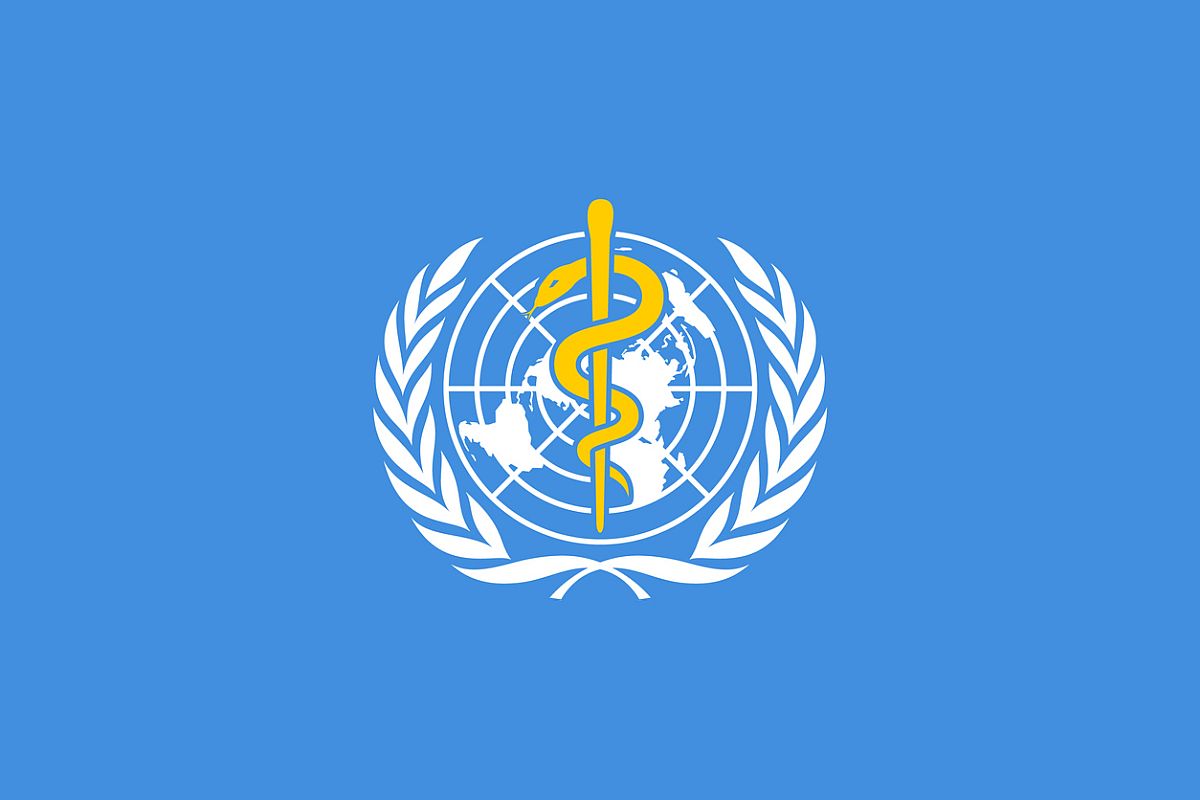As the world health system is increasingly focused on saving people from CovidD-19, questions arise about the extent to which its ability to respond to other serious health problems has been reduced and the implications of this for tens of millions of patients. In this context it is significant that on March 30 the World Health Organization released special guidelines to help countries maintain essential health services during the Covid-19 pandemic.
As a lot of emerging evidence points out, these guidelines are easier said than implemented. In fact, as the WHO itself pointed out about the severity of the challenge in this document, “The Covid-19 pandemic is straining health systems worldwide. The rapidly increasing demand on health facilities and health care workers threatens to leave some health systems overstretched and unable to operate effectively”.
Advertisement
The WHO has stated in the context of previous outbreaks of infectious diseases that “when health systems are overwhelmed, mortality from vaccine-preventable and other traceable conditions can also increase dramatically.” In this context, a specific and frightening example this document has given (mainly in the context of three African countries) is that “during the 2014-15 Ebola outbreak , the increased number of deaths caused by measles, malaria, HIV-AIDS and tuberculosis attributable to health system failures exceeded deaths from Ebola.”
This is a very frightening finding which also serves as a grim but muchneeded warning for Covid-19 times. The total number of deaths in the entire world in a year is 57 million. If failures of overwhelmed health systems result in a 5 per cent increase in mortality, this could mean a total of 2.8 million deaths from causes other than Covid-19. This is much more than most projections of total Covid- 19 deaths.
This becomes clearer when we look at the leading causes of death at global level. Ischaemic heart disease and stroke caused 15.2 million deaths in 2016. Chronic obstructive pulmonary disease caused 3 million deaths in 2016. In the same year, all cancers taken together caused 9.6 million deaths. Lung cancer (along with trachea and bronchus cancers) caused 1.7 million deaths. Lower respiratory infections caused 3 million deaths. Diabetes caused 1.6 million deaths. HIV/AIDS caused 1 million deaths.
All these are diseases which require hospital care and strict adherence to prescribed medicines. Denial of immediate or emergency treatment in the case of these diseases as well as several other diseases can lead to death and disability. Similarly, denial of emergency care for several serious injuries can lead to death and disability.
Higher care for mental health patients is needed in times of Covid- 19 scare. Researchers have been predicting a significant rise in suicides as highly likely. Take a disease like tuberculosis. Despite availability of the BCG vaccine for over a century, this infectious disease caused a total of 1.5 million deaths in 2018 globally, over 4,000 deaths per day. This tragedy has been repeated year after year.
The per day global mortality of Covid-19 for first 170 days (starting from December 1) has been around 580. Yet there has never been any scare about TB at world level. Is it because about 95 per cent of TB patients are in poor and developing countries? Of course, TB is curable but successful treatment requires taking medicines regularly on a longer-term basis which requires not only regular availability of medicines to mostly poor patients but also maintaining motivation of patient for regularly taking medicines.
India accounts for 27 per cent of all TB deaths in the world. In India 0.44 million people die from TB in a year. This means about 1,090 deaths per day. Yet there has never been a TB scare in India. Is this because most of the people who suffer from TB are poor? The total number of Covid-19 deaths in India till April 10 was 250 in 39 days, or around 6 deaths per day. During the same period of 39 days, the number of TB deaths in India would have been more than 42,000, even assuming that TB deaths did not increase due to the new pressures on the health system.
What is more, future threats from TB remain very high. One-fourth of the world population (likely to be much higher in India) has latent TB which means people have been infected by the TB bacteria even though they are not yet ill with the disease and cannot infect others either. People infected with the TB bacteria have a 5 to 15 per cent lifetime risk of falling ill with TB. In addition, multi-drug resistant (MDR) TB has been called a public health crisis and a health security threat by the WHO.
This organization has estimated that there are 484,000 new cases of TB with resistance to rifampicin, a leading medicine, of which 78 per cent had MDR-TB. In addition, there is pressing need for the health system to maintain as far as possible the same level of care for maternity and childbirth. If not, maternal and infant mortality rates can go up. All these facts and factors must get due consideration by various countries while planning to meet the wider health challenges in Covid-19 times, or else costs for people could be very high.
(The writer is convener of Save the Earth Now Campaign. His recent books are Man Over Machine and Earth without Borders)











